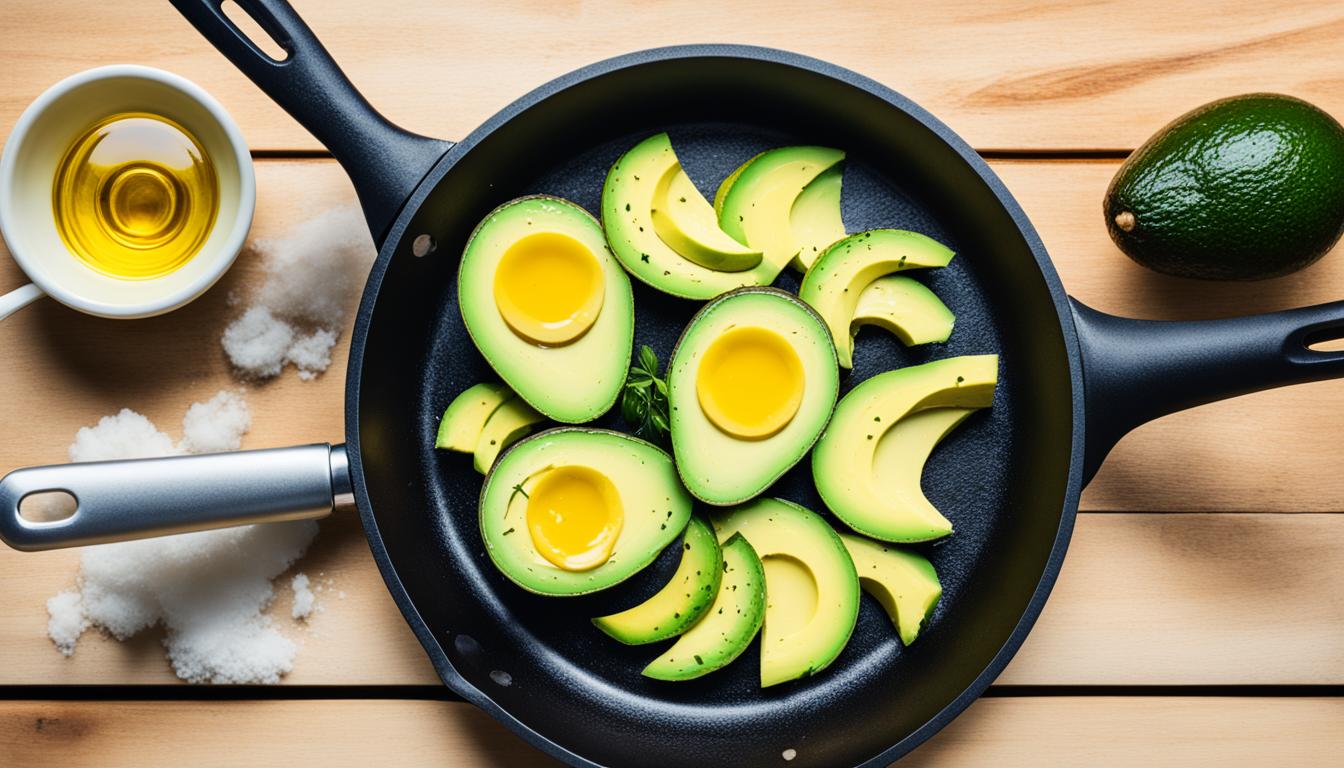Do you ever wonder why your kitchen fills with smoke when cooking certain foods? Or why some oils produce strange flavors when heated? The answer lies in understanding the smoke point of cooking fats. But what exactly is a smoke point, and why does it matter?
Every cooking fat has a smoke point, which is the temperature at which it starts to smoke and release acrid flavors and harmful compounds. The smoke point is determined by the processing of the fat, with refined oils having higher smoke points than unrefined oils. When a fat exceeds its smoke point, it can degrade, release free radicals, and even become a fire hazard.
Knowing the smoke point of cooking fats is crucial for culinary success and safety in the kitchen. The wrong choice of cooking oil and temperature can not only affect the taste and quality of your dish but also put you and your loved ones at risk.
In this article, we will dive deep into the topic of smoke point and explore its relationship with cooking safety. We will also discuss how choosing the right cooking oil based on smoke point can enhance your culinary experience and help you achieve the best results in the kitchen. So, let’s delve into the world of cooking fats and discover why their smoke point truly matters!
Understanding Smoke Point and Cooking Safety
The smoke point of cooking oils is a crucial factor to consider for the safety of your cooking. When a cooking fat exceeds its smoke point, it can release harmful compounds, acrid flavors, and become a fire hazard. Understanding the smoke point and heat tolerance of fats is essential for preventing accidents and maintaining the quality of your dishes.
Oils with low smoke points, such as unrefined oils, are better suited for drizzling, dressings, and low-temperature cooking methods. These oils are not suitable for high-heat cooking as they can break down and produce smoke. For high-temperature cooking methods like frying and searing, it is advisable to use oils with high smoke points, such as refined oils.
Heating a fat past its smoke point can lead to the release of free radicals and unpleasant acrid flavors, which can negatively affect the taste and safety of your food. It is crucial to store cooking oils properly in cool, dark places to maintain their quality and avoid prolonging their exposure to heat and light. Additionally, it is important to avoid reusing oil that has exceeded its smoke point as it may have already undergone chemical changes that can affect both the flavor and safety of your dishes.
By understanding the smoke point of cooking oils and selecting the appropriate oils for different cooking methods, we can ensure both the safety and quality of our culinary creations. Whether you’re sautéing, deep-frying, or pan-searing, using cooking oils with the right smoke point will help you achieve delicious results while minimizing the risk of accidents and flavor degradation.
Choosing the Right Cooking Oil Based on Smoke Point
When it comes to selecting a cooking oil, the smoke point is a crucial factor to consider. The smoke point refers to the temperature at which an oil starts to smoke and break down, affecting both the flavor and safety of your dishes. To ensure optimal cooking results and prevent potential hazards, it is important to choose an oil with a suitable smoke point for your specific cooking method.
For high-heat cooking techniques such as frying and searing, oils with high smoke points are the ideal choice. Avocado oil, refined vegetable oil, and safflower oil are all excellent options for these types of cooking methods. Their high smoke points allow them to withstand the high temperatures, ensuring that your food cooks evenly and without any unwanted burnt flavors.
If you’re planning to bake or stir-fry, oils with medium smoke points are more suitable. Canola oil and olive oil fall into this category, offering a good balance between flavor and heat tolerance. These oils can withstand moderately high temperatures without producing excessive smoke or altering the taste of your dishes.
On the other hand, if you’re using the oil for low-heat applications like drizzling or making dips, oils with low smoke points are the way to go. Walnut oil and flaxseed oil are examples of oils with low smoke points, making them perfect for cold or gentle heating purposes. Their delicate flavors can enhance dressings or dips without overpowering the other ingredients.
In conclusion, understanding the smoke point of cooking oils is essential for achieving the best cooking results and flavor profiles. By choosing the right oil based on its smoke point, you can ensure that your dishes are cooked to perfection while maintaining their natural taste and avoiding any potential safety issues. So the next time you step into the kitchen, take a moment to think about the smoke point of your cooking oil before you start cooking.
